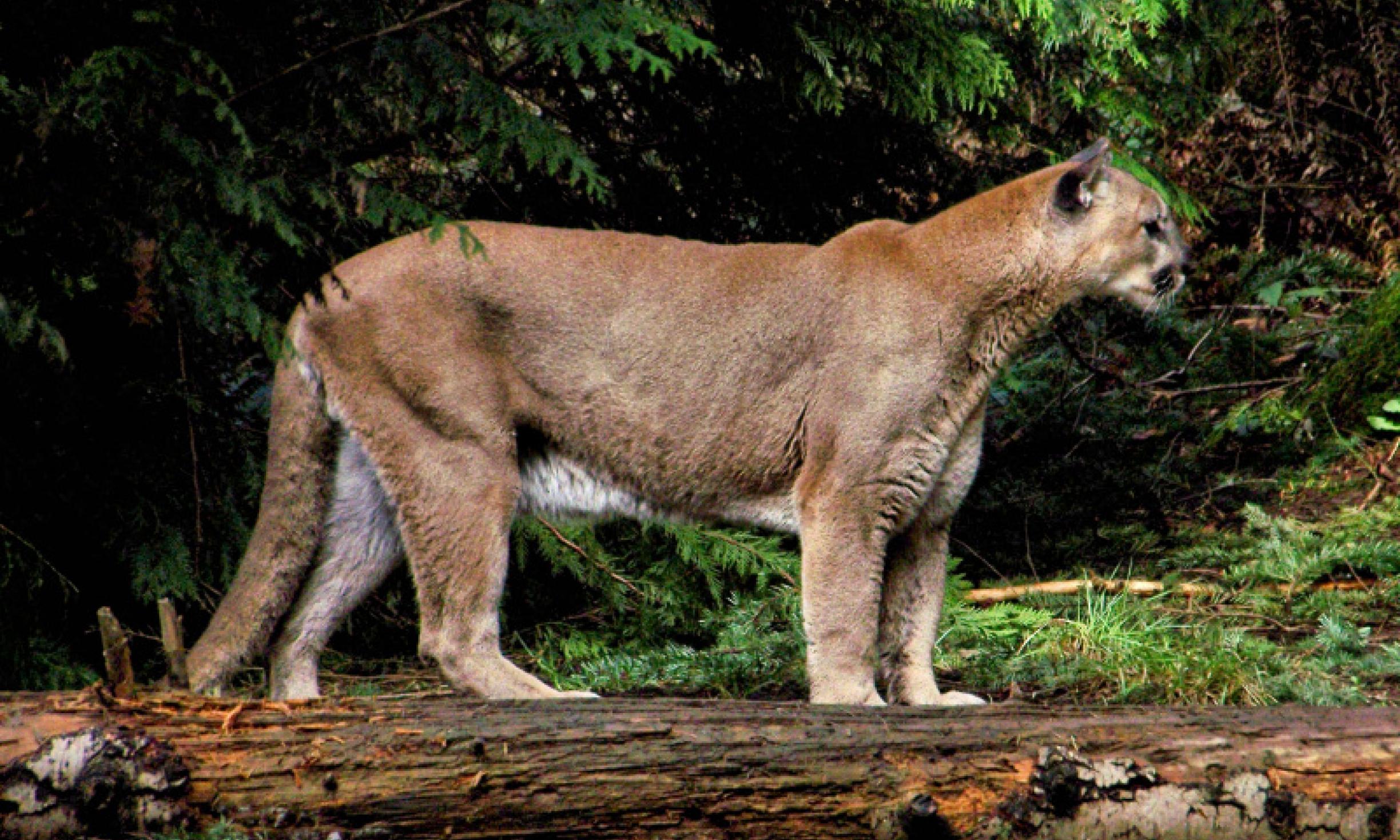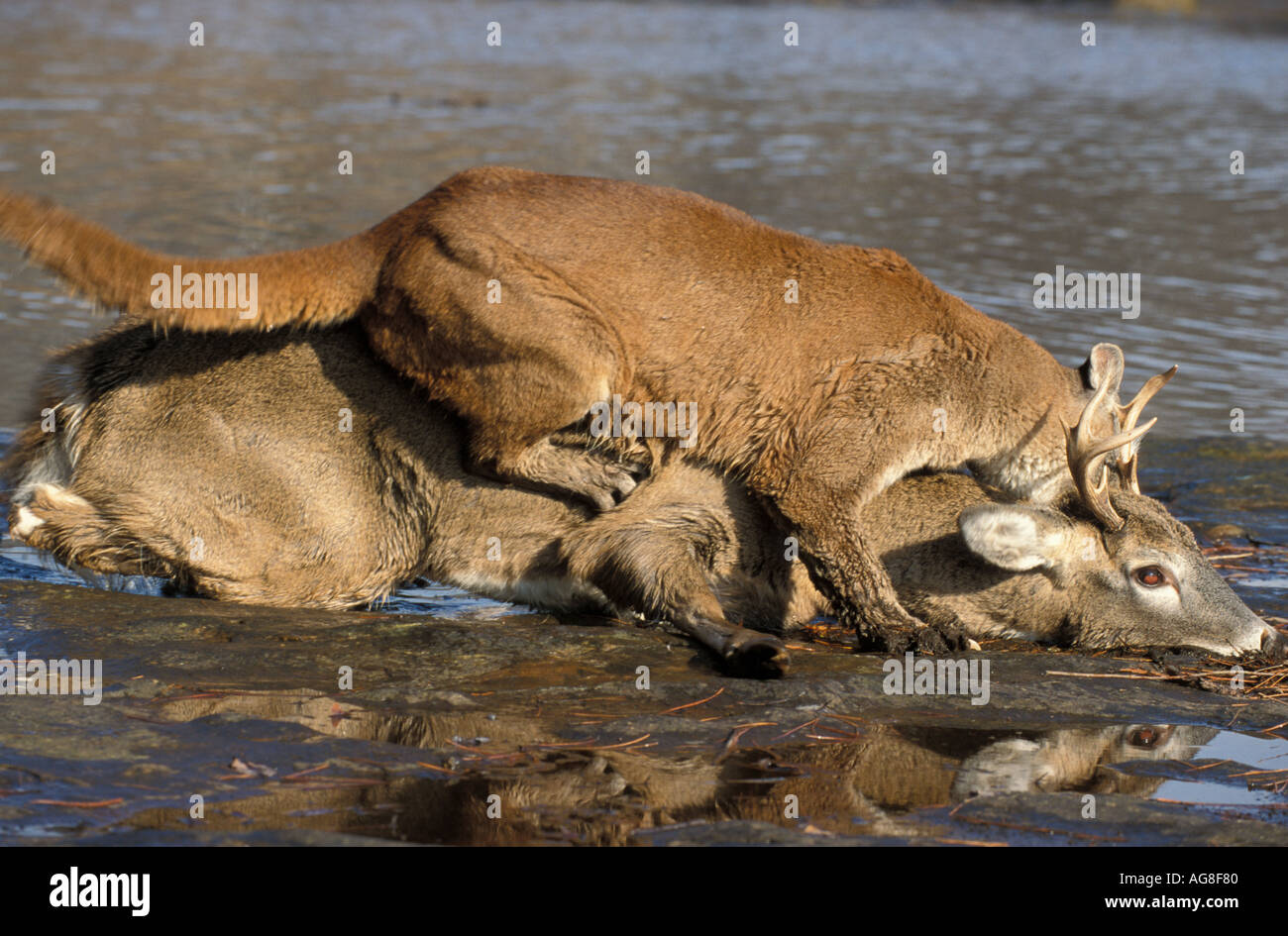

Based on the best available data at this time, the Mountain Lion Foundation believes the mountain lion population in the United States is unlikely to exceed 30,000. Population estimation models are based on numerous long-term studies of lion populations, their prey, and habitat mapping. The solitary and elusive nature of mountain lions makes them difficult to research and practically impossible to count. To date there has never been a confirmed case of a melanistic (black) mountain lion. Many people have heard the term “black panther,” but these are actually melanistic jaguars or leopards: a genetic trait that makes an individual cat’s fur appear much darker than the usual coloration. To learn more about the origins of some of these names, read Chapter 1 of Cougar: The American Lion.Īlthough the mountain lion may have more names and nicknames than any other animal, the following are not names for lions and represent completely different species: bobcat, lynx, ocelot, jaguar, leopard, cheetah, Asiatic lion, African lion, and tiger. Depending on the region and native language, common names for the American lion include: mountain lion, cougar, panther, puma, painter, el leon, and catamount.

Barnes listed 18 native South American, 25 native North American, and 40 English names for the same animal. Today, mountain lions are listed in dictionaries under more names than any other animal in the world. As a result, each native tribe and group of European explorers gave the cat a different name. Historically they could be found anywhere from the Canadian Yukon to the Straits of Magellan - over 110 degrees in latitude - and from the Atlantic seaboard to the Pacific Ocean. Mountain lions once ranged more extensively than any other mammal in the Western Hemisphere. YES! The American lion’s scientific name is Puma concolor, and is sometimes referred to as “the cat of many names.” The scientific name was changed from “ Felis concolor” in recent decades.

Are Mountain Lions, Cougars and Panthers all the Same Animal? Click here for more information on mountain lion tracks, scat and other signs. Dog tracks are more symmetrical, and the raised dirt in the middle forms an “X” shape. Their toes slant - similar to human feet - indicating left or right foot. Walking, the cat’s hind foot steps in his fore track, creating overlapping patterns. Their claw marks do not show in the track. Mountain lions have a distinctive “M” shaped pad with three lobes on the rear of the heel (dogs only have two lobes). If Mountain Lions Aren’t Endangered Why Do They Need Protection?.Will Sport Hunting of Lions Improve the Safety of People, Pets and Livestock?.How Can I Protect My Pets and Livestock From Mountain Lions?.Where Do Mountain Lions Live in the U.S.?.Are Mountain Lions, Cougars, and Panthers all the Same Animal?.


 0 kommentar(er)
0 kommentar(er)
